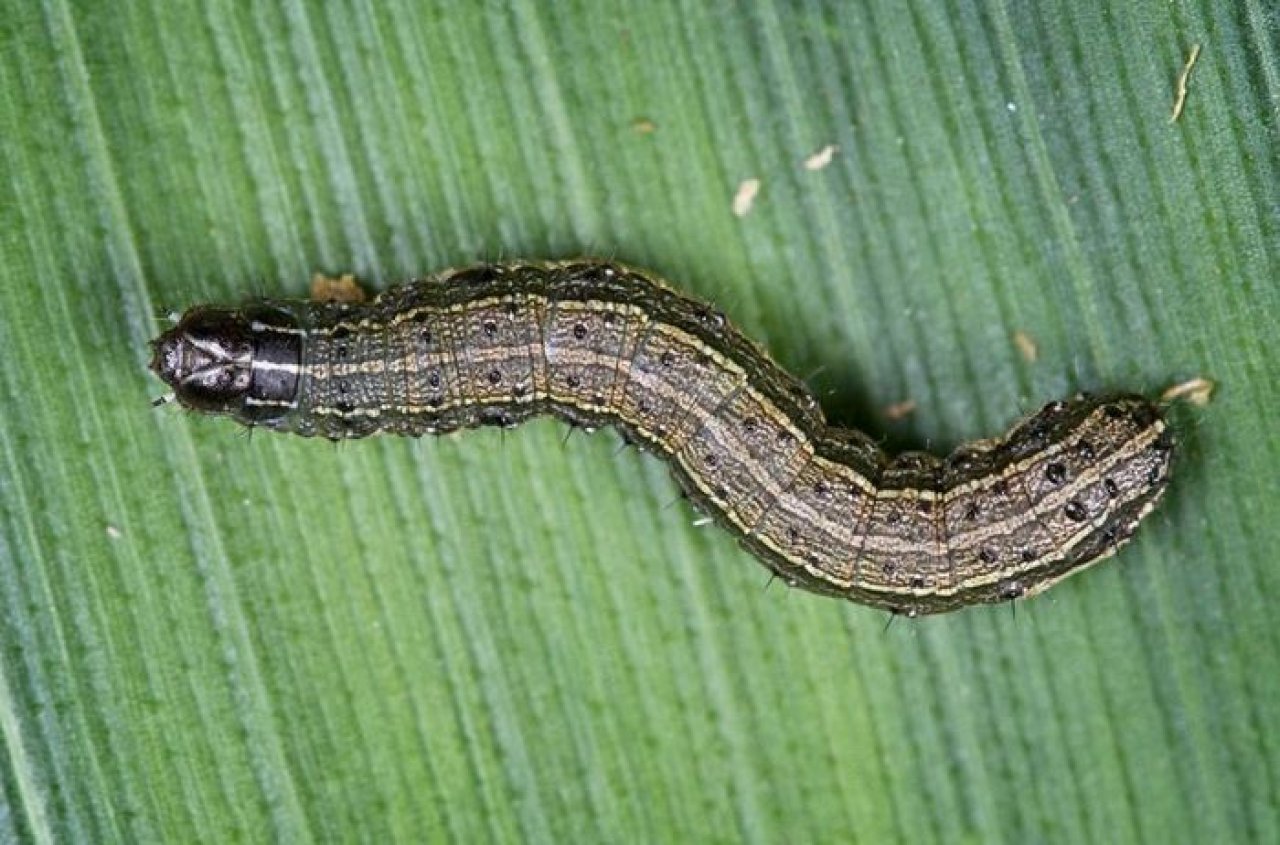
How to Tell the Difference Between Poison Hemlock and Queen Anne's Lace

Poison hemlock (Conium maculatum) is one of the deadliest plants in North America and can be fatal if just a small amount is ingested. It can be found across much of the United States. It grows (often in dense patches) along roads, trails and the edges of fields and streams.
Queen Anne's lace is a wild edible (the root) and given that it typically does grow in the same conditions as poison hemlock, being able to tell the difference could save your life. Plus, you'll want to know if you have it growing on your property because it's also toxic to pets and livestock. So let's walk through how to identify both so that you can confidently identify them in the future.
The stem of Queen Anne's lace will be hairy it will have hairs fine hairs all the way up the stem. And no spots whereas poison hemlock will be a smooth stem with purple blotches.
The flowers of both species are white and bloom in an umbrella shape pattern (called an umbel). The flowers of Queen Anne's lace have a single purplish/red flower in the center of the umbel much of the time (see picture below left). Also, the umbrella shape of Queen Anne's lace is flat-topped, while the poison hemlock umbel is more rounded. Notice the difference below.
A final distinguishing feature is that Queen Anne's lace has 3-pronged bracts appearing at both the base of the flowers and the main umbel. It is the only member of the Apaiceae family that has this feature. If you look at the picture of the poison hemlock flowers under the image below on right, you will see that poison hemlock is absent of the long bracts.
Hopefully, you will now be able to identify both plants when you encounter them in the wild. And if you can, please pass this information along. It may just save the life of a loved one or pet.
Article by: Gabe Garms





